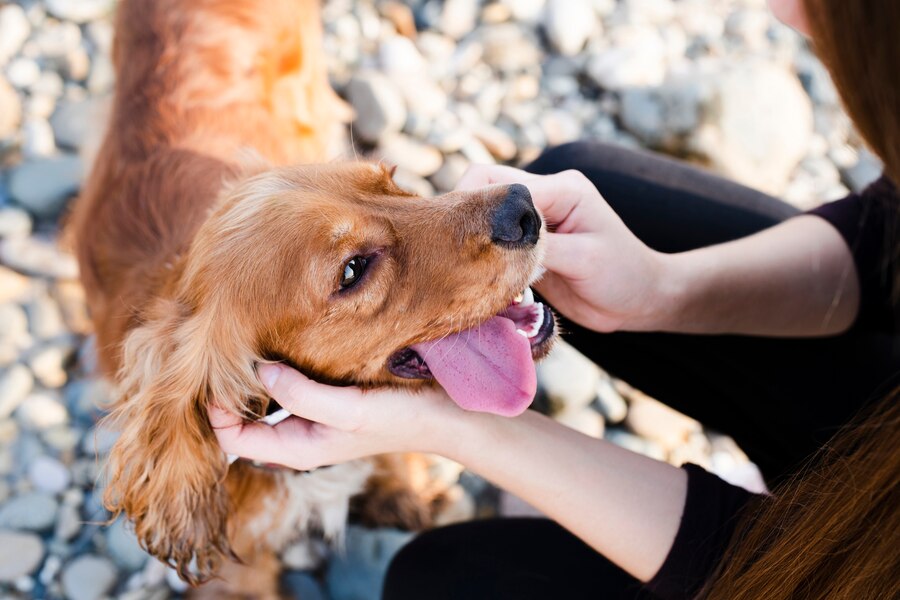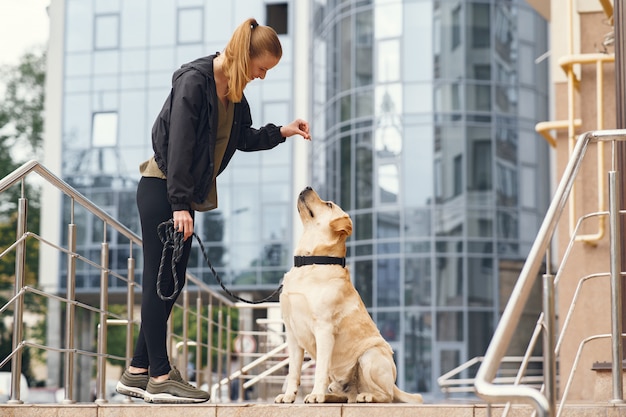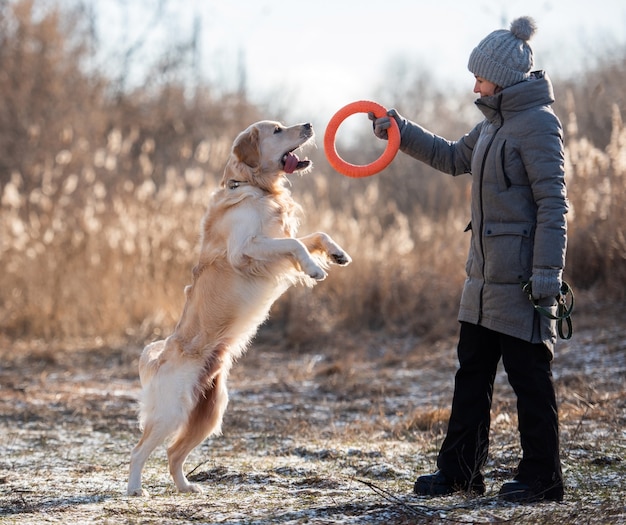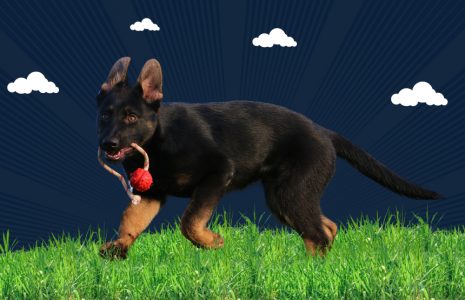The Top 7 Reasons Why A Dog May Bite


Understanding dog behavior is crucial for fostering healthy relationships between humans and their canine companions. Dogs, like any other species, may exhibit aggressive behavior for various reasons. Recognizing potential triggers for dog biting is essential for preventing incidents, avoiding a possible personal injury lawsuit, and ensuring the well-being of both dogs and humans.
1. Fear And Anxiety

Fear and anxiety are common emotions in dogs that can lead to aggressive behavior, including biting. It is crucial to identify signs of fear, such as trembling, panting, and cowering. Fearful dogs may perceive threats even in seemingly harmless situations, prompting defensive reactions.
To address fear-related biting, it’s essential to create a positive environment, avoid confrontations, and gradually expose the dog to new experiences. Professional trainers can help develop desensitization and counterconditioning programs to alleviate fear and anxiety.
In addition, understanding the dog’s body language is crucial. Often, a dog will give subtle signals of discomfort before resorting to aggression. These may include a lowered head, ears pinned back, or a tucked tail. By recognizing these signs, owners can intervene appropriately and prevent the escalation of fear-driven behavior.
2. Territorial Aggression
Territorial aggression stems from a dog’s instinct to protect its space. Signs include barking, growling, and aggressive posturing. Understanding and managing territorial behavior is crucial for preventing biting incidents, especially in multi-dog households.
Owners can mitigate territorial aggression by providing proper training, setting boundaries, and gradually introducing dogs to new environments. Positive reinforcement techniques can reinforce desired behavior and help build a harmonious living environment.
It’s essential to establish a clear hierarchy within the household to minimize territorial disputes among dogs. Consistent rules and fair discipline can contribute to a balanced dynamic, reducing the likelihood of aggressive behavior related to territorial issues.
3. Resource Guarding

Resource guarding occurs when a dog defends its possessions, such as food, toys, or territory. Recognizing signs of resource guarding, like growling, stiff body language, or snapping, is essential for preventing potential bites.
Owners can address resource guarding through desensitization exercises and positive reinforcement. Teaching a “drop it” or “leave it” command can also be effective in minimizing aggressive reactions associated with resource protection.
Additionally, creating a positive association with people approaching while the dog has a valued item can help reduce the tendency to guard resources. This involves rewarding the dog for allowing others to come near its possessions without displaying aggression.
4. Pain Or Discomfort
Dogs experiencing pain or discomfort may resort to biting as a defensive mechanism. Identifying signs of pain, such as limping, vocalizations, or changes in behavior, is crucial for addressing the root cause of aggression.
Veterinary intervention is paramount when pain is suspected. Through thorough physical examinations, diagnostic tests, and imaging, the vet can help identify underlying medical issues contributing to pain. Managing pain through medication or other therapeutic methods can contribute to a significant reduction in aggressive behavior.
Owners should be attentive to changes in their dog’s behavior and consult with a veterinarian promptly if any signs of pain or discomfort arise. Adjusting the dog’s environment and activities to accommodate its physical condition is crucial for promoting well-being.
5. Lack Of Socialization
Proper socialization during a dog’s early developmental stages is crucial for preventing behavioral issues, including aggression. Dogs that lack exposure to various people, environments, and other animals may develop fear-based aggression.
Ensuring positive socialization experiences early in a dog’s life is essential. Puppy socialization classes, controlled introductions to new stimuli, and gradual exposure can help build a well-adjusted and confident adult dog, reducing the likelihood of aggressive behavior.
Owners should expose their puppies to a variety of people, places, and situations in a controlled and positive manner. Regular outings, meeting new dogs, and exposing them to different sounds and surfaces contribute to a well-socialized dog.
6. Predatory Instincts

Dogs have innate predatory instincts that, if not properly managed, can lead to problematic behavior. Recognizing signs such as fixation on moving objects, stalking, or chasing is crucial for preventing potential bites.
Training and redirecting a dog’s predatory instincts through activities like controlled play, obedience training, and mental stimulation can be effective. Implementing a solid recall command is essential for maintaining control in situations where predatory behavior might be triggered.
In addition, providing appropriate outlets for the dog’s instincts, such as interactive toys or games, can help channel their energy positively. Engaging in activities that mimic hunting behaviors in a controlled environment satisfies these instincts without posing a risk to others.
7. Medical Issues
Underlying medical problems can contribute to aggressive behavior in dogs. Pain, hormonal imbalances, or neurological issues may influence a dog’s temperament. Identifying and addressing these issues is vital for effective behavior modification.
Seeking professional veterinary consultation is crucial when suspecting medical factors contributing to aggression. Integrating medical interventions into behavior modification plans, such as pain management or hormonal therapies, can lead to positive outcomes.
Owners should maintain regular veterinary check-ups and promptly address any health concerns. By addressing medical issues promptly, owners can contribute to their dog’s overall well-being and reduce the risk of aggressive behavior associated with underlying health problems.
Frequently Asked Questions
Can Aggressive Behavior In Dogs Be Completely Eliminated Through Training?
While training plays a crucial role in modifying behavior, complete elimination of aggressive tendencies may not be guaranteed, especially if the aggression is rooted in fear, anxiety, or medical issues. Professional guidance, consistent training, and a comprehensive understanding of the underlying causes are essential for managing and minimizing aggressive behavior.
Is It Safe To Intervene Directly When A Dog Is Displaying Aggressive Behavior?
Directly intervening in a dog’s aggressive behavior can be risky and may escalate the situation. It is advisable to prioritize safety and seek professional guidance. Understanding the triggers, avoiding confrontations, and implementing preventive measures are key strategies to address aggressive behavior safely.
How Can I Socialize My Adult Dog If They Missed Early Socialization Opportunities?
Socializing an adult dog may require patience and gradual exposure. Start with controlled introductions to calm and well-behaved dogs, gradually increasing the complexity of social interactions. Seek the assistance of a professional trainer to create positive socialization experiences tailored to your dog’s temperament and needs.
Understanding the reasons why a dog may bite is key to fostering a safe and positive relationship. Each dog is an individual with unique needs, and addressing the root causes of aggressive behavior requires patience, consistency, and professional guidance.









Leave A Comment